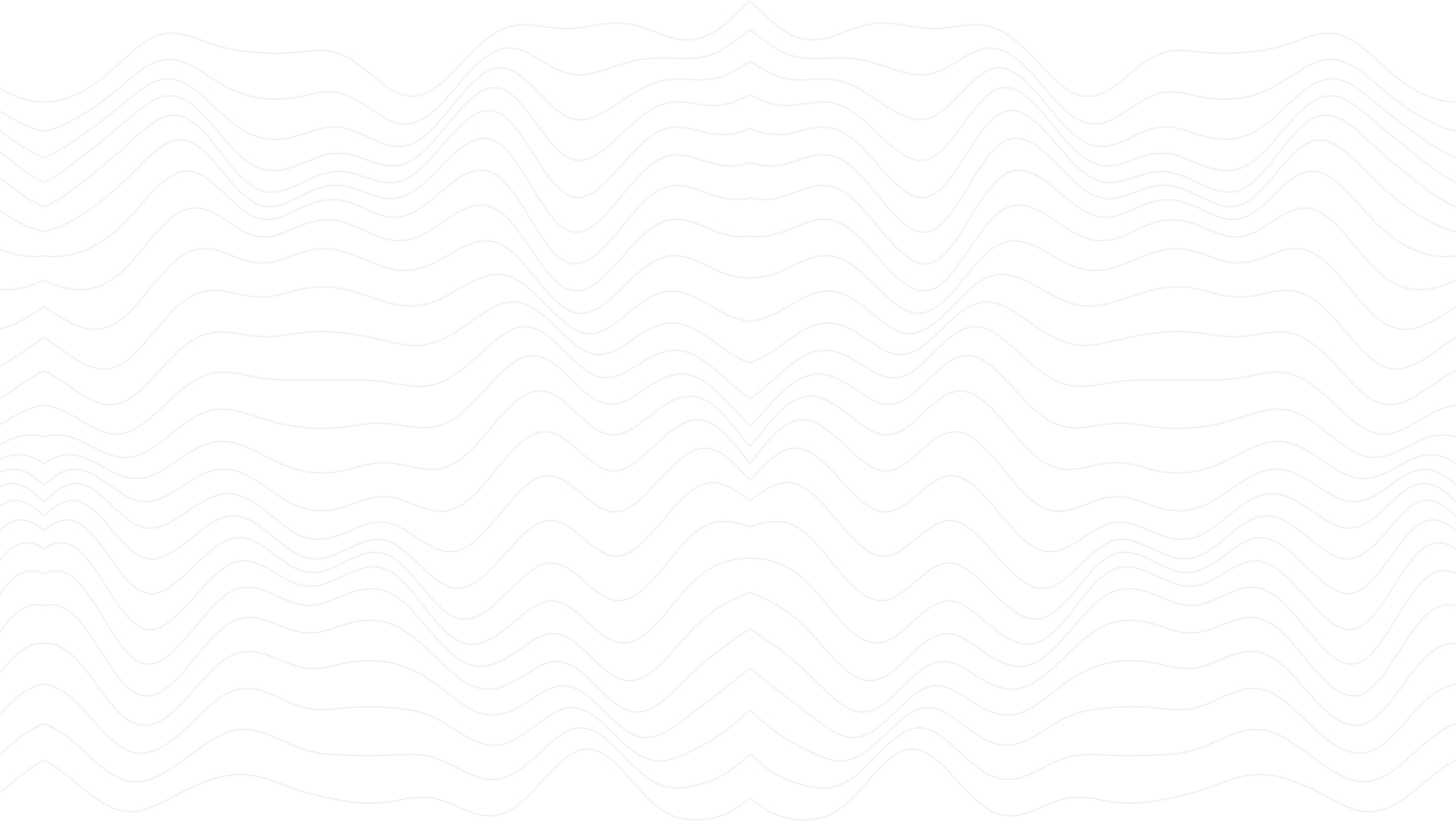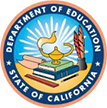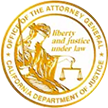Cal Interpreting & Translations (CIT) offers Zhuang interpreters and translators with legal, medical, and specialty experience, including criminal and civil matters, employee meetings, engineering, patent cases, labor disputes, immigration, and more.
CIT offers comprehensive Zhuang language services including interpretation, translation, and transcription, 24 hours a day, 7 days a week, worldwide. Our interpreters and translators are native speakers who have been screened, certified, provided credentials, field tested, and kept up to date with developments in both English and Zhuang languages through means such as lectures, conferences, and travel. Cal Interpreting & Translations’ Zhuang language interpreters and translators possess in depth knowledge of the Zhuang language, as well as of the culture and history of the Zhuang people, allowing them to provide informed and complete interpretation and translation.
The Zhuang languages are a group of more than a dozen Tai languages spoken in Southern China by the Zhuang people, mainly in the province of Guangxi and parts of Yunnan and Guangdong. The Tai languages collectively are also referred to as Tai-Zhuang. These languages are a branch of the Tai-Kadai language family, which includes languages of southern China, northeast India, and Southeast Asia. The Zhuang people are one of 56 ethnic groups officially recognized in The People’s Republic of China. At an estimated 18 million, the Zhuang people are the largest minority in China.
The Zhuang languages are not mutually intelligible. Southern and northern Zhuang languages are in fact more closely related to other Tai languages than they are to each other. Northern Zhuang languages form a “dialect continuum” with Northern Tai varieties, whereas southern Zhuang languages form a dialect continuum with Central Tai varieties in Vietnam. Standard Zhuang is based on the northern Zhuang dialect of Wuming. Standard Zhuang is the official standardized version of all the Zhuang languages. Its vocabulary is formed mostly from the northern dialects. Except for in the province of Yunnan, which uses a local form, Standard Zhuang is the national standard.
The phonology of Standard Zhuang is derived from the dialect Shuangqiao, with some additions from Fuliang, both located in Wuming. Shuangqiao was made the standard pronunciation in the 1950s, as it was considered to be Northern Zhuang, but had strong characteristics of Southern Zhuang. However, not many Zhuang people actually learn Standard Zhuang, and instead communicate with Zhuang people who speak other dialects by speaking Chinese. Most experts say a little under half of Zhuang people are monolingual in Zhuang, while slightly more than half are bilingual in Zhuang and Chinese.
The most detailed study of Zhuang dialectology to date, A Study of Zhuang Dialects, names 36 different dialects or varieties of Zhuang. The Yong River is the demarcation point of north and south Zhuang.
The Zhuang are the indigenous people of Guangxi. Their origins can be traced back to the paleolithic ancient human. Today, most Zhuang people still live in Guangxi, in southern China. Some Zhuang also live in the Hunan, Yunnan, Guangdong, and Guizhou provinces.
The name of the language family and the people was originally written as the pejorative character meaning “a variety of wild dog”. This ethnic slur was gradually replaced over time with other characters such as “child; boy servant”, and eventually the character meaning “strong; robust”.
Zhuang is written using logograms based on Chinese characters for over one thousand years. Standard Zhuang was introduced as the official alphabetical script in 1957. In 1982 the letters were changed to Latin letters. However, in less formal settings, traditional character-based writing is more commonly used.
The Zhuang language family used to be assumed to be linked with the Austronesian languages, which dispersed from Taiwan, after migrating from mainland China. These days, this theory is not supported by the majority of scholars. Genetic evidence suggests that after the separation of the Tai (ancestors of Zhuang) and Austronesian language families, Tai speakers assimilated mostly Austro-Asiatic people into the population.
The earliest records of the Zhuang are the Rock Paintings of Hua Mountain, from the Warring States period of 475-221 BC.


No matter what your needs may be, we can and are ready to assist you now. We have translators and interpreters standing by 24/7.

CIT's interpreter is such a rockstar, and it’s so great to have him as a lead interpreter for our Board meetings. About Our Interpreters 
Thank you for always being able to handle emergency interpreting assignments with ease. About Urgent Requests 
Thank you for always being able to handle emergency interpreting assignments with ease. About Urgent Requests 
Your translation rates are more competitive than other language service providers I used in the past. About Pricing 

Professionalism matters at CIT. We respond to request inside 24 hours.







